Synology DiskStation DS925+ review: A terrific NAS ruined by baffling limitations
Why you can trust Android Central
Our expert reviewers spend hours testing and comparing products and services so you can choose the best for you. Find out more about how we test.
With over 13 million devices sold, there’s no question that Synology is the biggest manufacturer of NAS systems globally. But this category has changed quite significantly in the last 15 months; UGREEN made its grand debut with the introduction of the DXP4800 Plus and DXP2800, delivering sturdy designs with terrific hardware.
TerraMaster and ASUSTOR also did a much better job last year, polishing their software and overhauling their product lines to deliver better differentiation. By contrast, Synology had a quiet year and a half, with the brand’s older models — the DiskStation DS923+, DS224+, and DS723+ — doing most of the heavy lifting.
Thankfully, that’s changing with the debut of the DiskStation DS925+. The successor to the best-selling DS923+ shares the same design, but it comes with dual 2.5 Gigabit Ethernet ports as standard, and it has upgraded internals thanks to a quad-core Ryzen V1500B. It has four standard drive bays in addition to dual M.2 slots, and you can use SSDs to store data in addition to caching.
However, the launch isn’t without controversy; with the DiskStation DS925+, Synology is limiting its Plus models to its own hard drives, so you can’t use Seagate’s IronWolf, Exos, or Western Digital’s Red Plus HDDs with the NAS. While this restriction came into effect on the brand’s business models four years ago, it confirmed at the time that consumer models won’t be affected — that’s clearly not the case now.
So if you’ve been using an older NAS model and are considering an upgrade, this is what you need to know about the DiskStation DS925+.
Synology DiskStation DS925+: Pricing and availability
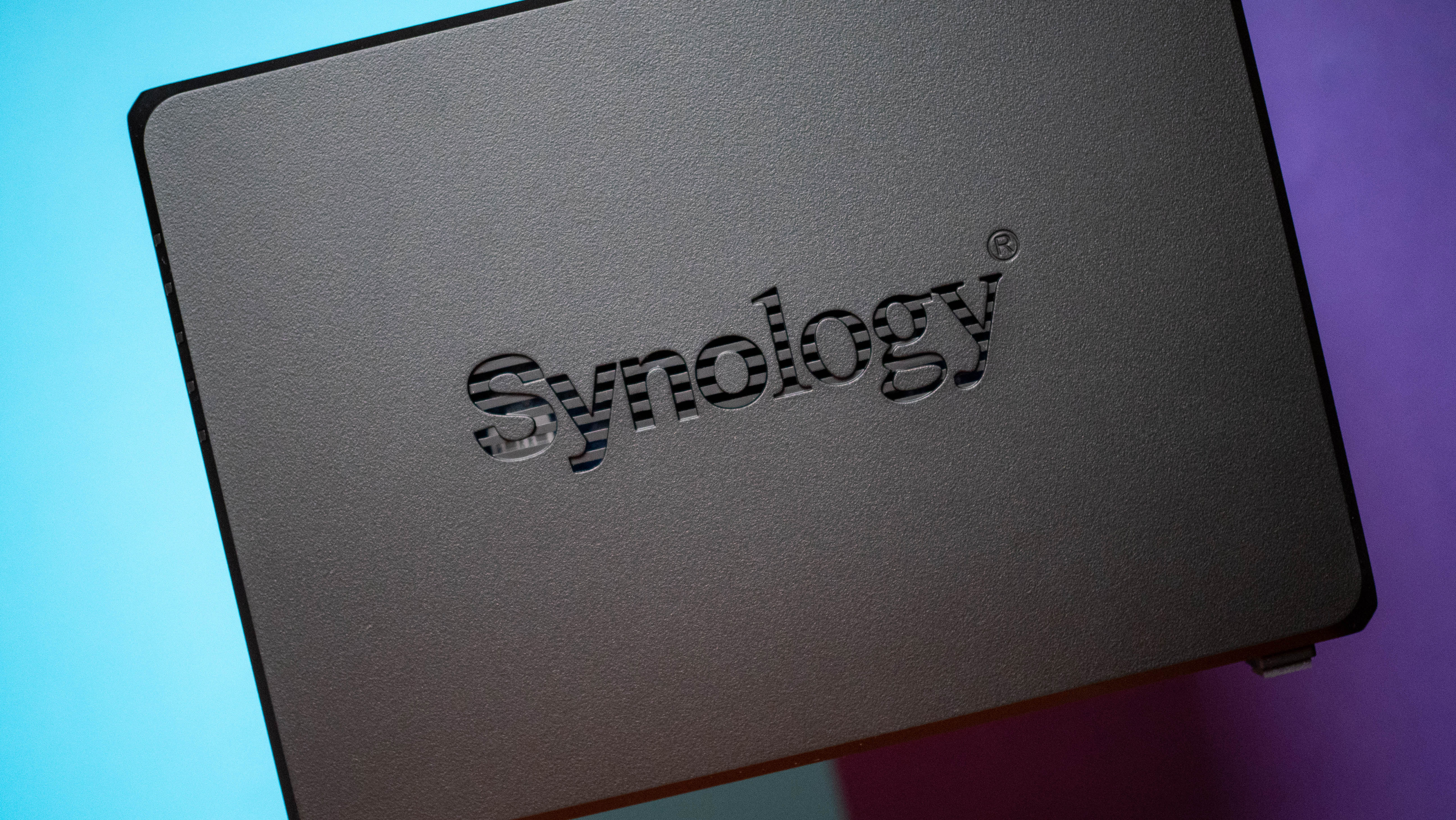
Synology unveiled the DiskStation DS925+ in select Asian markets on April 23, with a global launch slated for May 2025. That’s when the NAS will be available in the U.S., U.K., and other western markets. Interestingly, the DS925+ is debuting in countries like India, Australia, New Zealand, and Japan ahead of the brand’s home market, Taiwan.
Given that retail availability varies in individual regions, Synology didn’t share what the NAS costs in most countries. It will retail for ₹65,205 ($763) in India, which is a smidgen costlier than the ₹62,500 ($731) that the DS923+ costs in the country. The pricing indicates the DS925+ will slot in at roughly the same $599 figure as its predecessor in the U.S., but it isn’t unlikely to think it might go up to $649 (or higher) given the tariffs situation.
|
Category |
Synology DiskStation DS925+ |
|---|---|
|
Internal Drive Bays |
Four (20TB each bay), 3.5-inch HDD, 2.5-inch HDD/SSD, M.2 storage |
|
Network Interface |
2 x 2.5 Gigabit Ethernet, Link Aggregation |
|
USB Ports |
2 x USB 3.1 Gen1 |
|
Extensibility |
1 x USB-C 3.1 |
|
CPU |
Quad-core AMD Ryzen V1500B |
|
Plex Transcoding |
No |
|
RAM |
4GB DDR4 ECC, two SODIMM slots, up to 32GB total |
|
M.2 Slots |
Storage and SSD caching |
|
File System |
EXT4, Btrfs |
|
Cooling |
2 x 92mm, 20.7dB(A) |
Synology DiskStation DS925+: Design
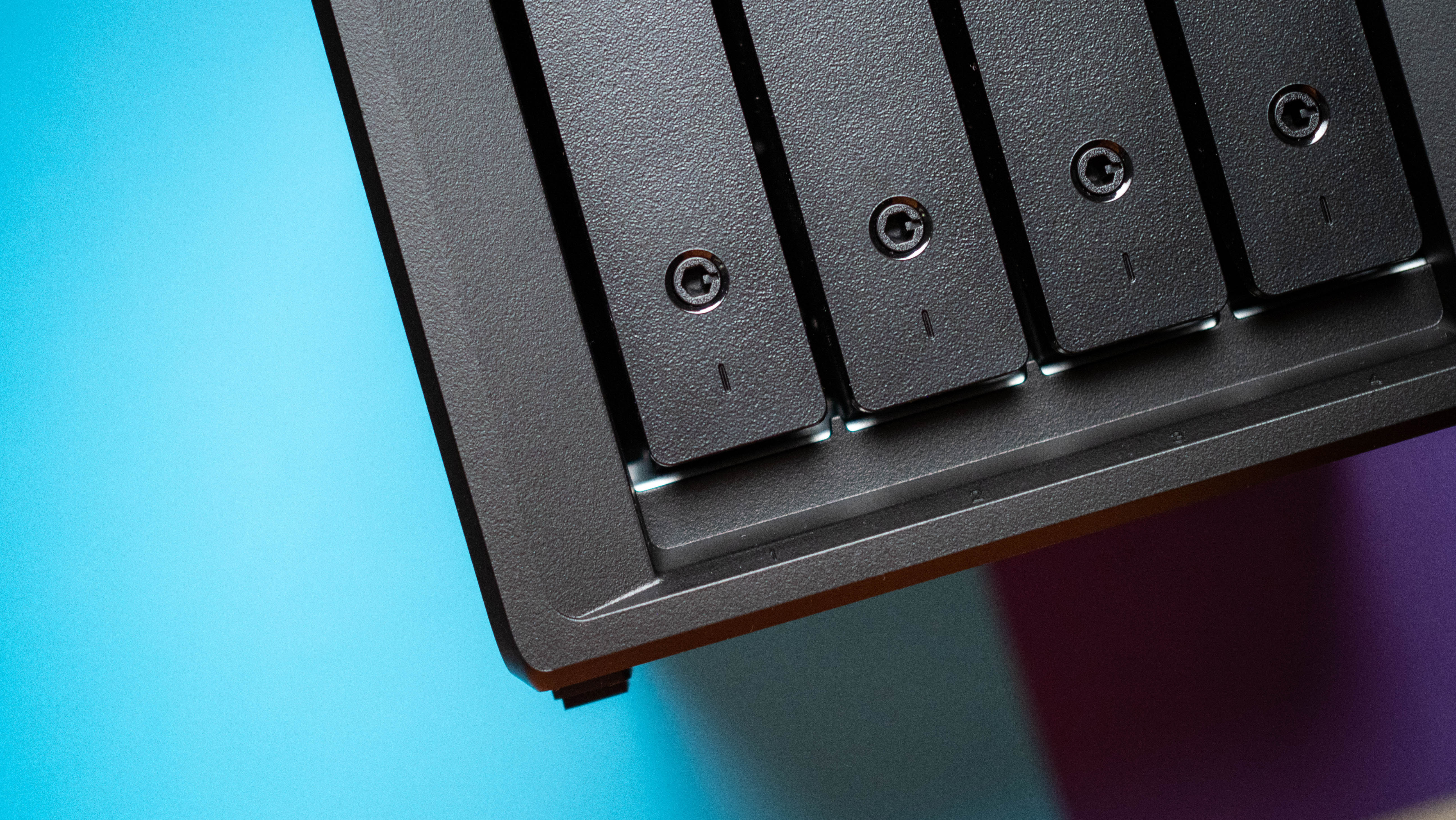
Synology hasn’t changed its design in nearly 10 years, so if you’ve used any of the brand’s NAS servers in the past, you’ll feel right at home with the DiskStation DS925+. The NAS has a black aesthetic with good ventilation — both active and passive — and the unassuming design allows it to blend in with ease.
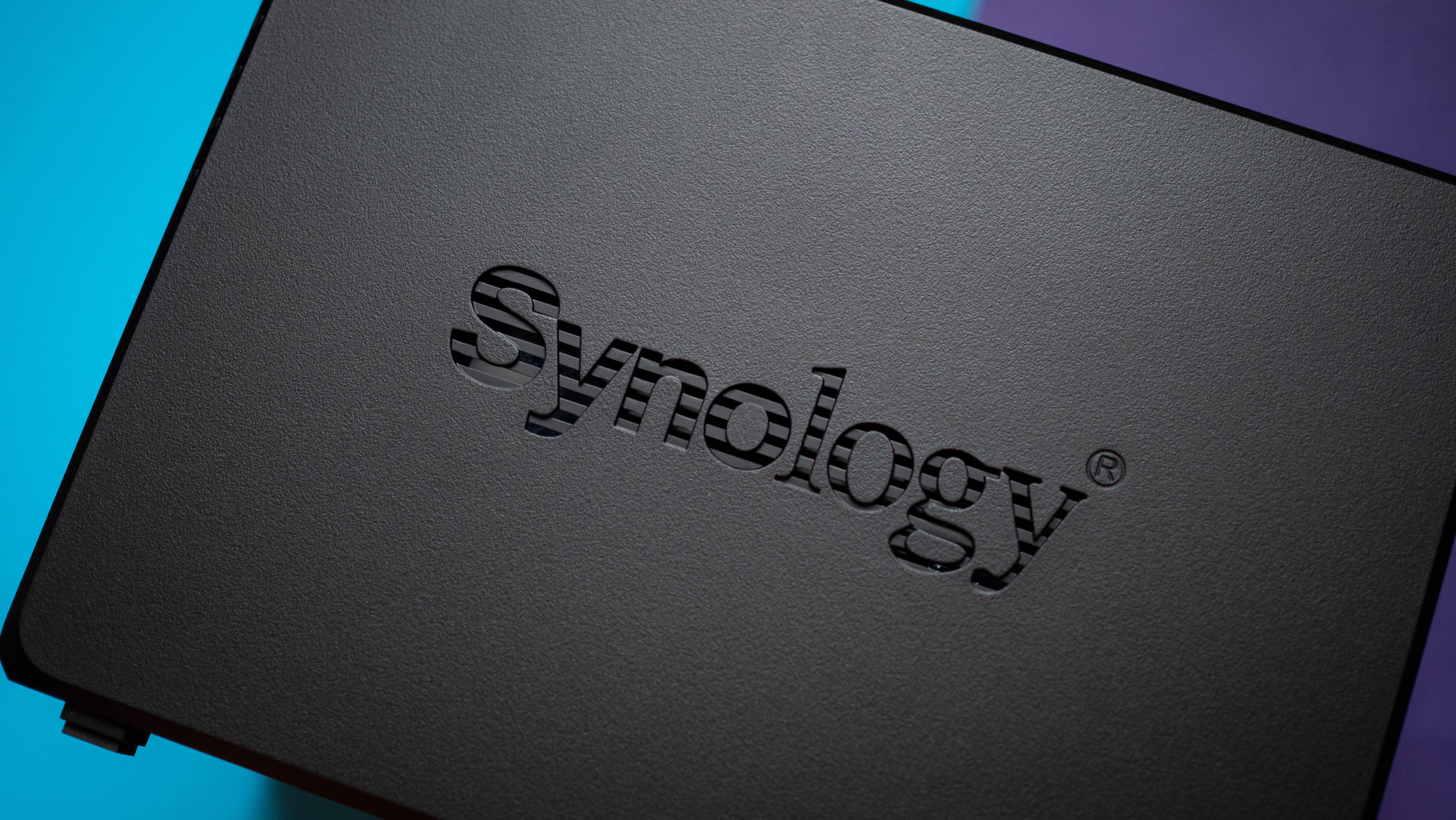
The sides have a ventilated design that lets air into the chassis, and the NAS has the same dimensions as its predecessor. Build quality is great, and I haven’t really seen any issues with any of the brand’s NAS servers in the last 10 years. The DS925+ uses an external power brick, and it’s able to go up to 120W. It doesn’t use anywhere close to that in real use though, and the NAS has two 92mm fans at the back that are quiet even under load.
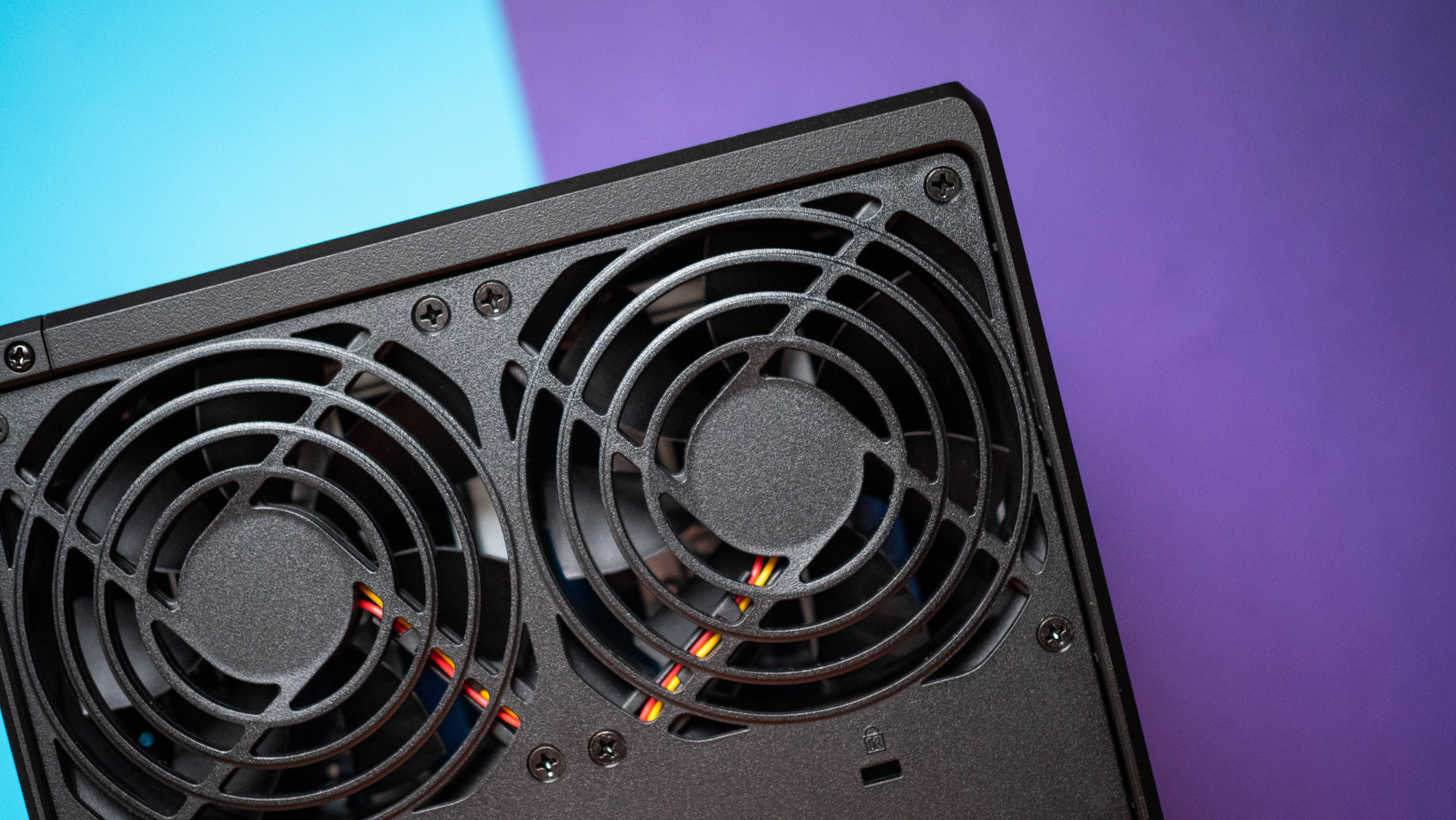
I used the NAS in my office, and I didn’t have any problems with noise levels even with heavy use. The front has the standard drive bays, and you can easily install 3.5-inch HDDs without any tools; the individual bays can also be locked, and there’s a USB-A port on the right. Other than that, you get the usual power button at the bottom, and the LEDs that indicate system, HDD, and LAN status.
Synology DiskStation DS925+: Features and connectivity
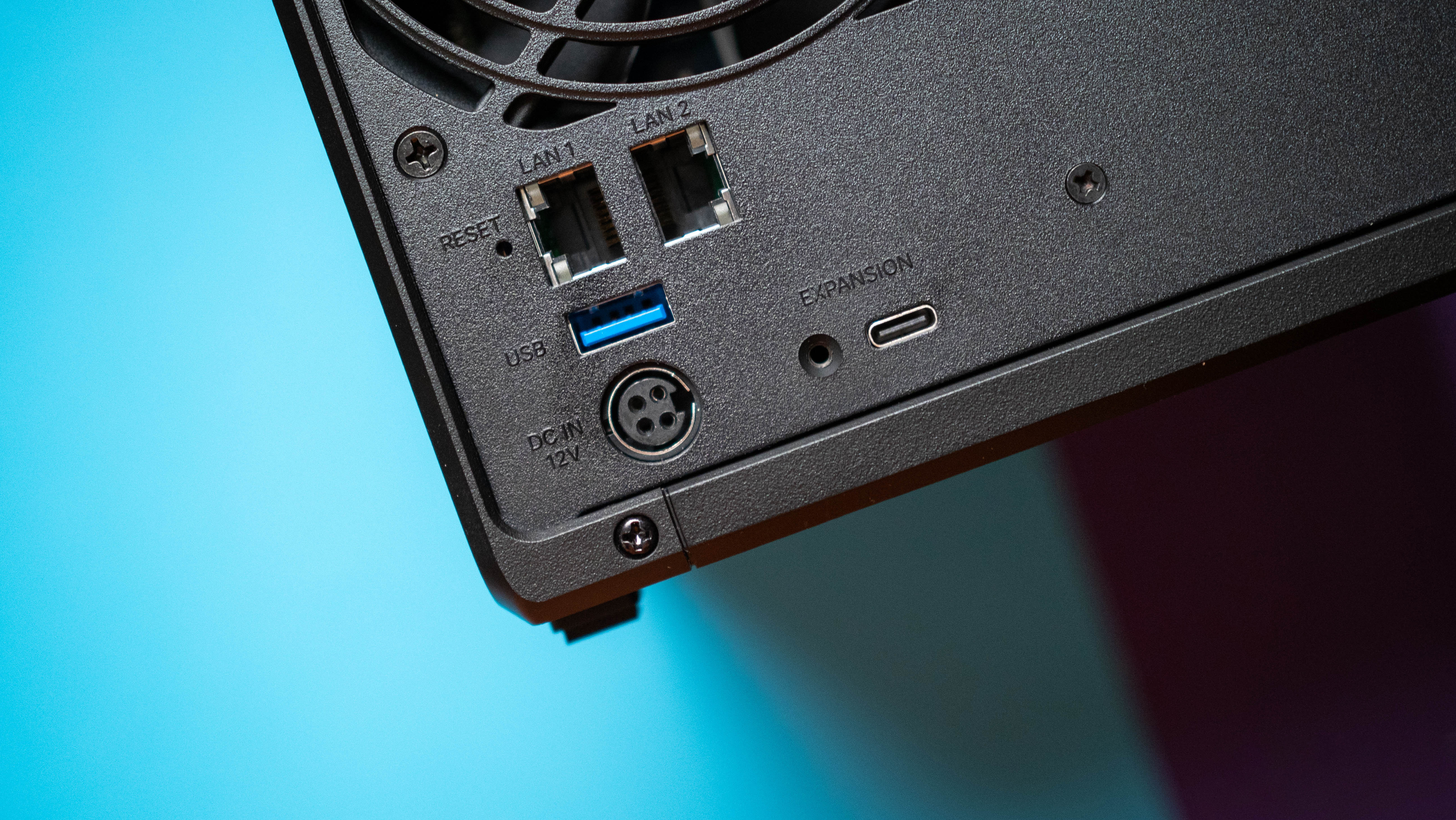
The big talking point with the internals is that the DiskStation DS925+ gets dual 2.5 Gigabit Ethernet ports. With every other brand making the switch to 2.5GbE and 10GbE years ago, the DiskStation DS923+ was notable for its use of Gigabit ports, and thankfully, that’s not a problem on the DS925+.
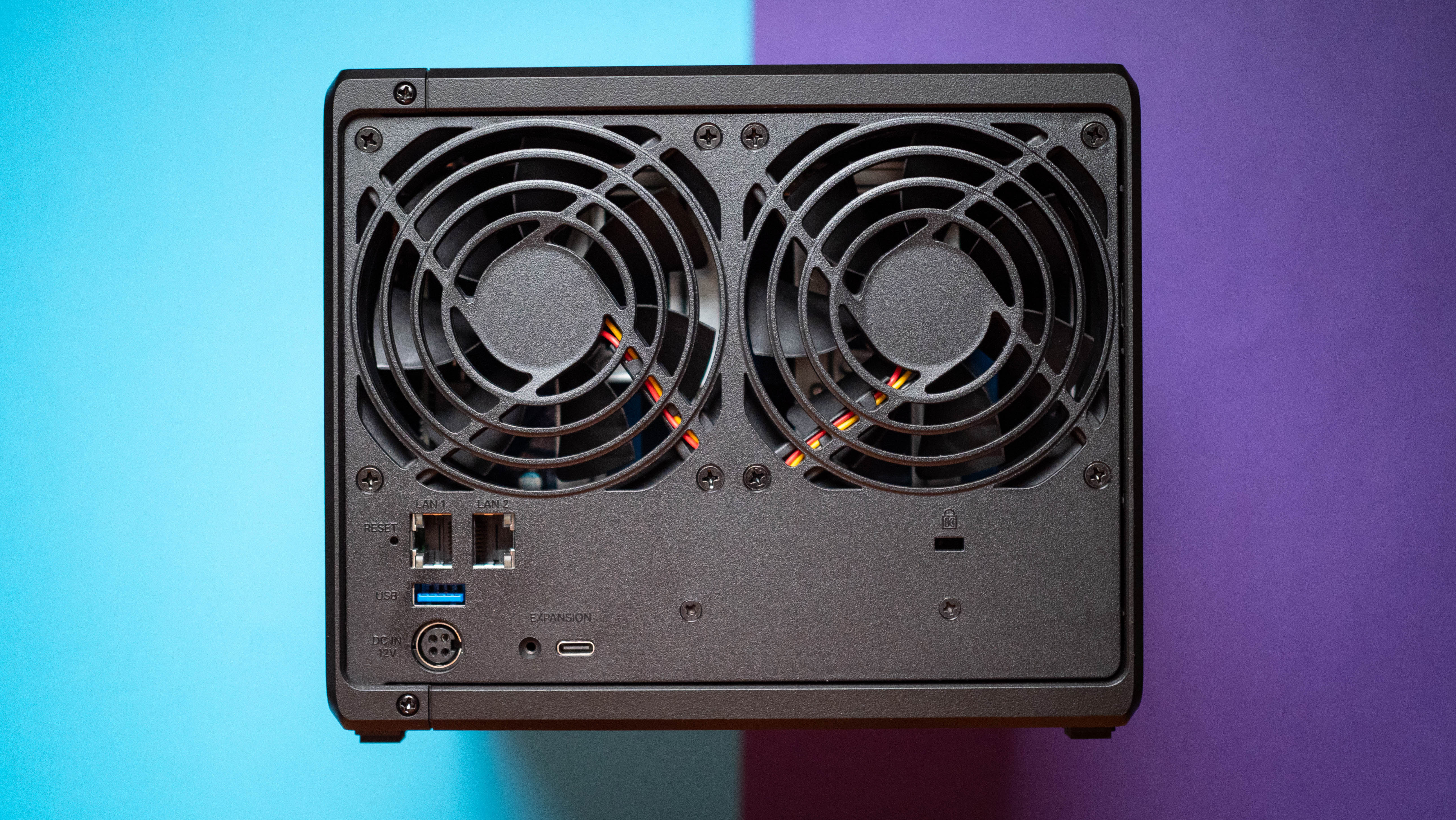
The NAS is powered by a quad-core Ryzen V1500B platform; it has better headroom overall, and the difference is noticeable even in daily use. The NAS still comes with just 4GB of RAM out of the box, and while that’s enough for most tasks, you’ll need to slot in another module if you intend to use Docker. Most NAS servers in this segment have at least 8GB of RAM as standard, so it’s a little shortsighted that the DS925+ is hobbled in this area.
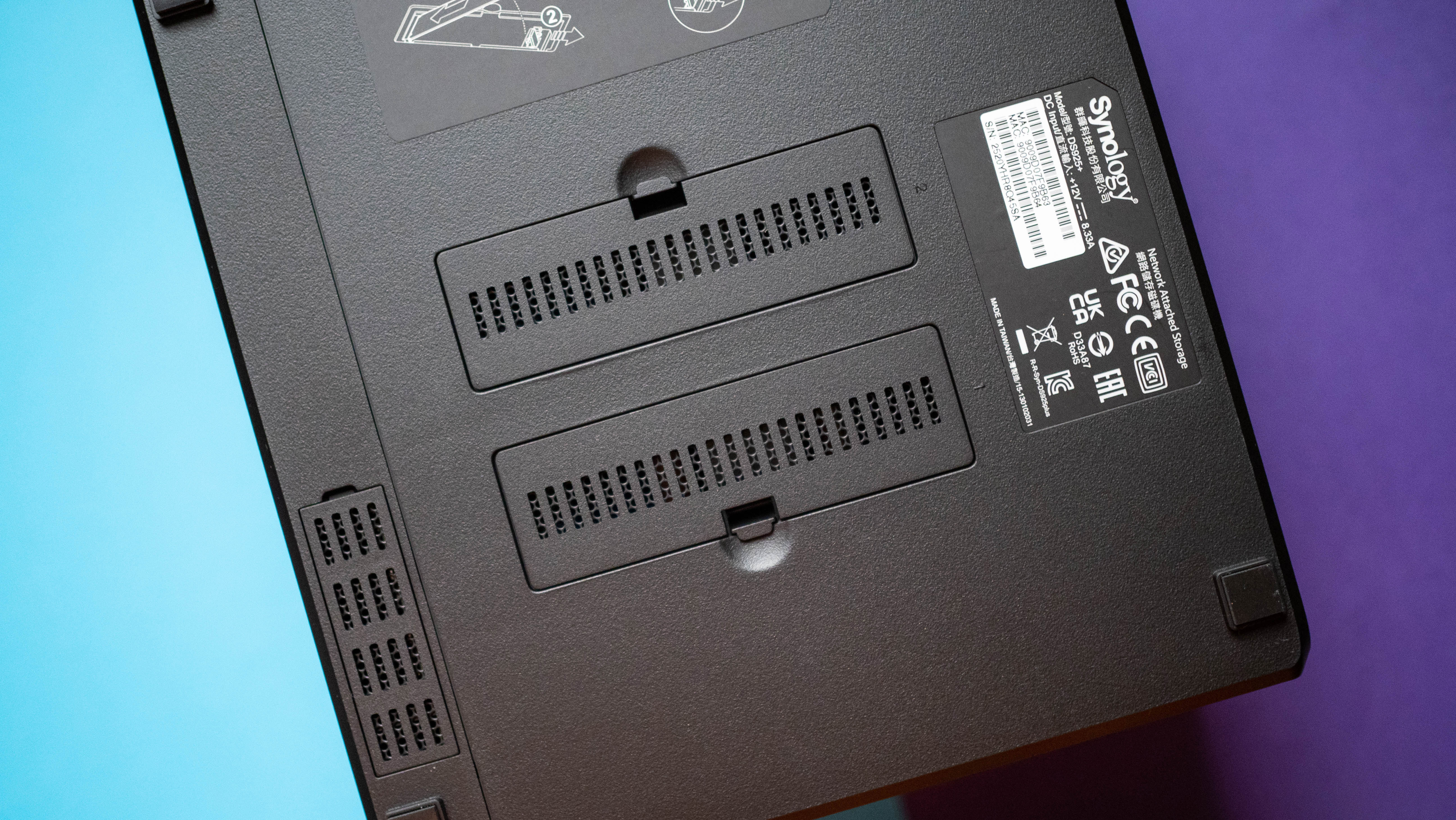
You still get two M.2 slots on the underside, and they can be used to house M.2 2280 SSDs. The SSDs can be used to store data, and you can easily create storage pools. A notable uptick this time is a USB-C port at the back; this is used to expand drive bays down the line, and works with the new DX525 unit. This is a positive move as the older eSATA connector was clearly showing its age.
Synology DiskStation DS925+: Performance
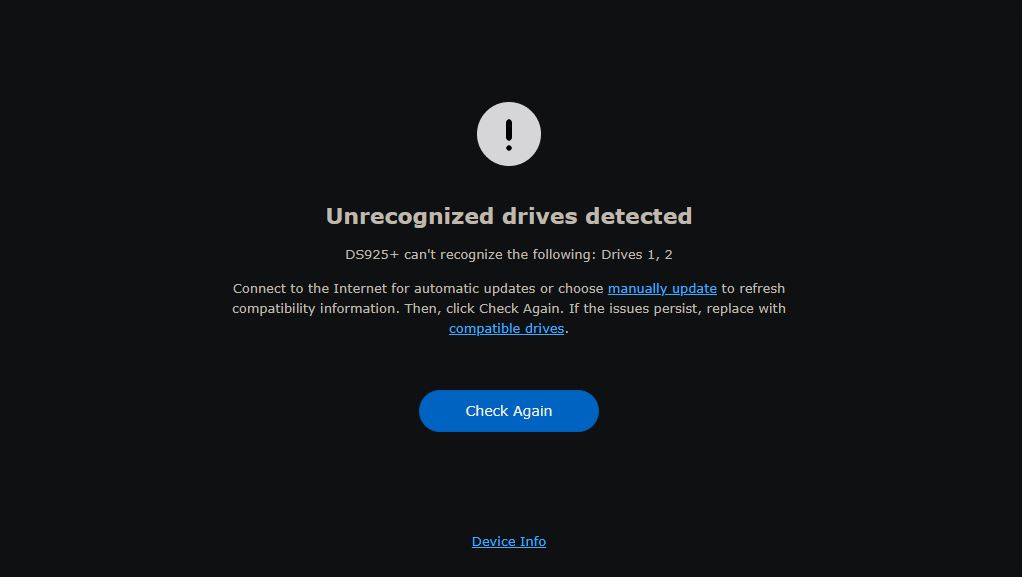
I’ve been testing Synology NAS servers for nearly 10 years now, and in that time, I predominantly used Seagate’s IronWolf and WD Red drives. When setting up the DS925+, I slotted in two 6TB IronWolf drives as I usually do with all NAS reviews, but it wouldn’t even install DiskStation Manager (DSM). I got a dialog box noting the drives were unrecognized, and that I had to do a manual install — which wasn’t possible as I was testing the NAS under embargo.
For reasons I don’t follow, Synology chose to enforce the use of its own hard drives in consumer DiskStation models — which is exactly what it said it wouldn’t do in 2021. The brand says it conducted “rigorous testing” with its HAT3300, HAT3310, HAT5300, and HAT5310 drives, and using that as the reason to lock down the DS925+ to just these drives.
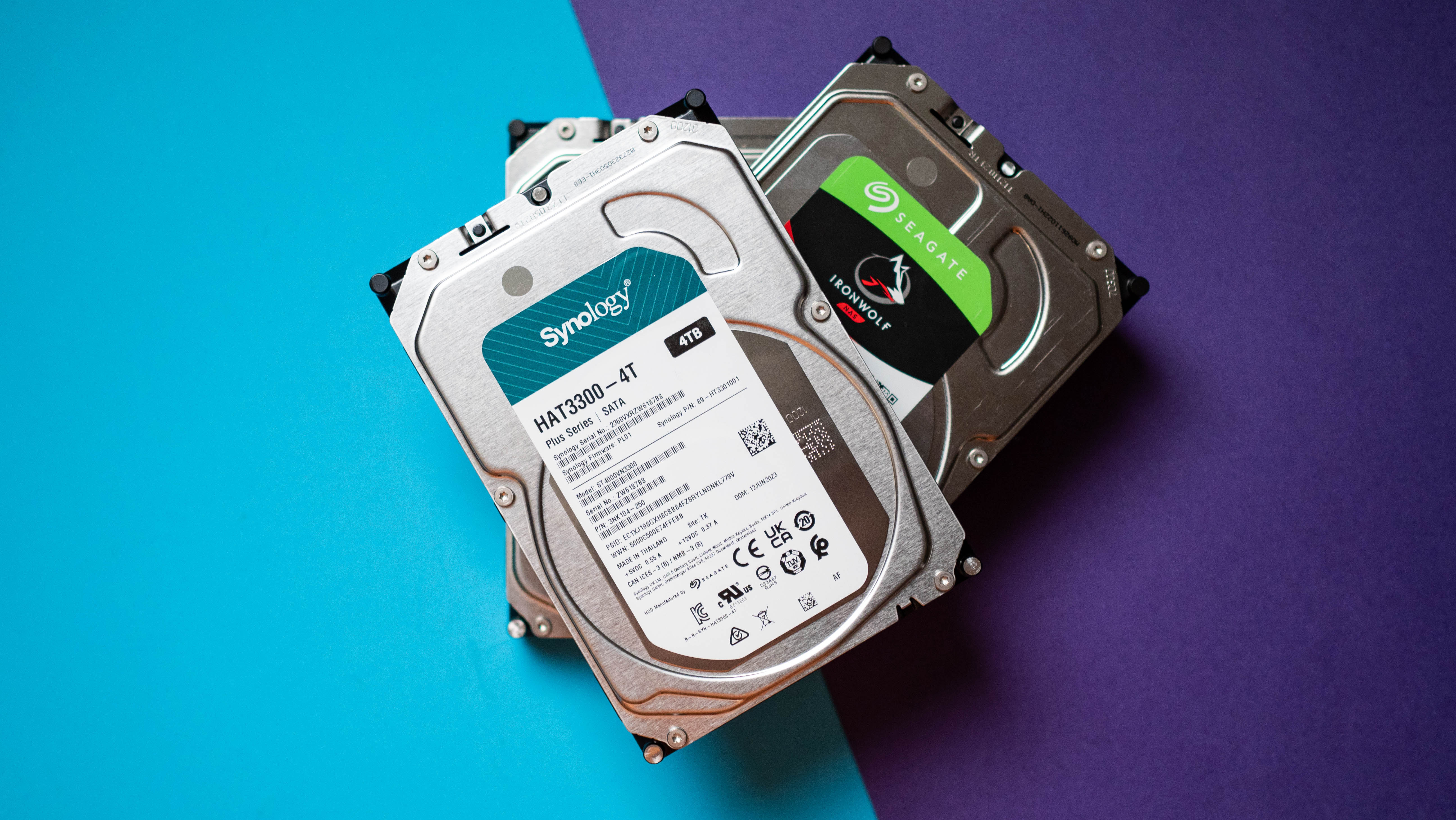
It also notes that its drives deliver “higher reliability,” but doesn’t provide any details as to how they’re better than Seagate’s Exos drives — my go-to choice right now. Then there’s the issue with pricing; in broad strokes, Synology’s drives are considerably costlier than their immediate rivals. To give you some context, Seagate’s terrific 24TB Exos X24 drive is down to $479 right now, and while Synology doesn’t have a 24TB drive, the 20TB HAT5310 retails for $719, a premium of 34% while providing less storage.
Are you getting anything that justifies the added cost? No. Synology’s HAT5310 has the same warranty as Seagate’s Exos X24, the same 2.5 million hours mean time between failure (MTBF), and identical 550TB/year endurance. There’s no meaningful gains to be had, and you’re ultimately paying more to get less storage.
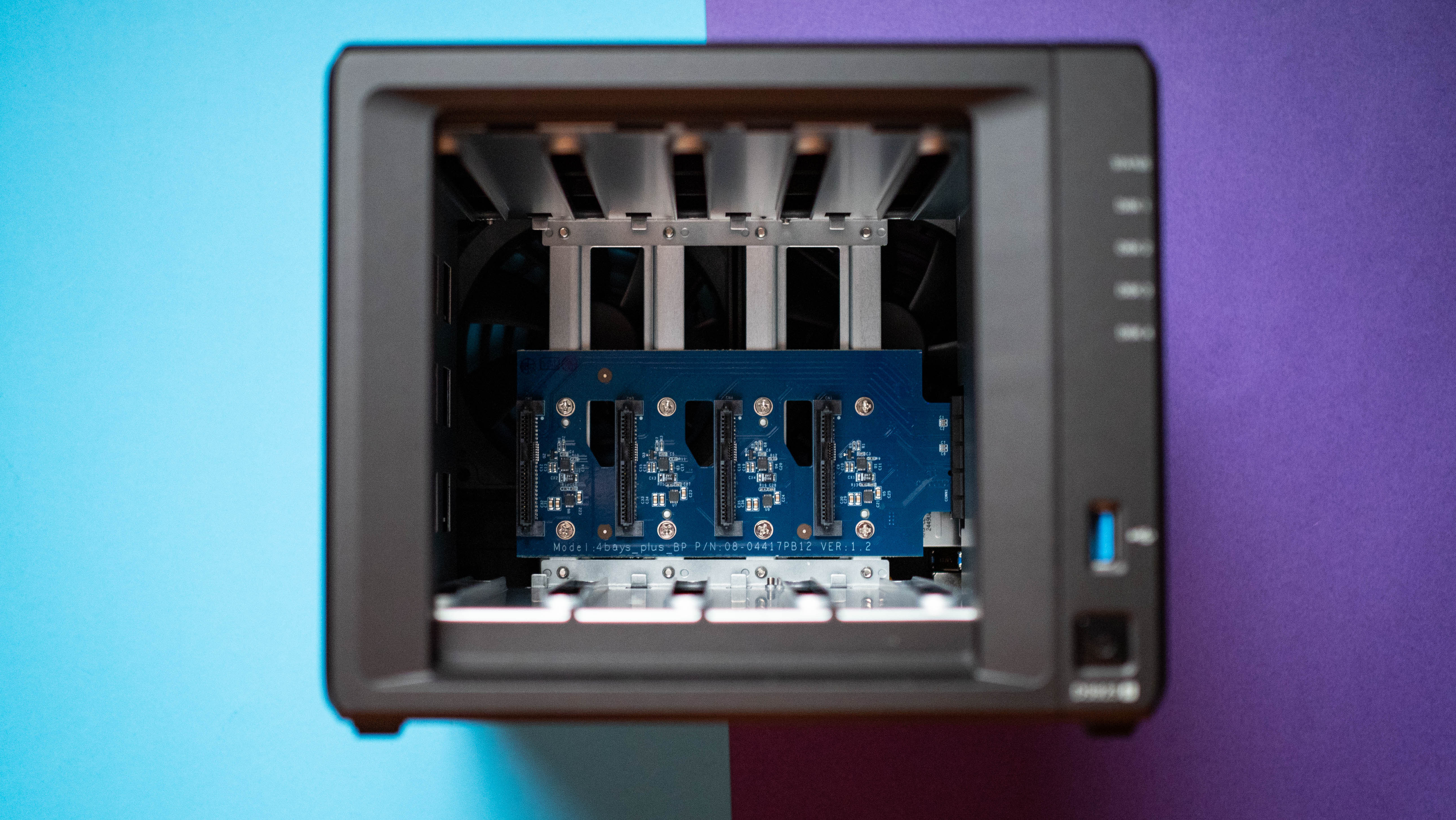
Basically, the move is designed to lock users into the brand’s ecosystem, and not being able to use IronWolf, Exos, or WD Red drives is a huge limitation. That said, if you’re migrating from an older NAS and using the same drives, then there’s no issue — I tested this IronWolf drives taken from the DS224+, and it booted without a problem. But if you’re setting up a new NAS and want to use Seagate, Western Digital, or any other drives, that’s just not possible.
There is a workaround to add Seagate and WD drives to the verified list, and this is what I’ve been doing on the DiskStation DS1823xs+ for nearly a year now. But that isn’t possible with the DS925+, as it doesn’t even allow you to create a storage pool and install DSM unless you’re using a Synology hard drive. This policy is true when it comes to M.2 drives as well, so you can’t use any other SSD other than the brand’s own limited choices. This move will lose the brand a lot of loyal users, and the worst part is that Synology is just using relabeled Toshiba drives.
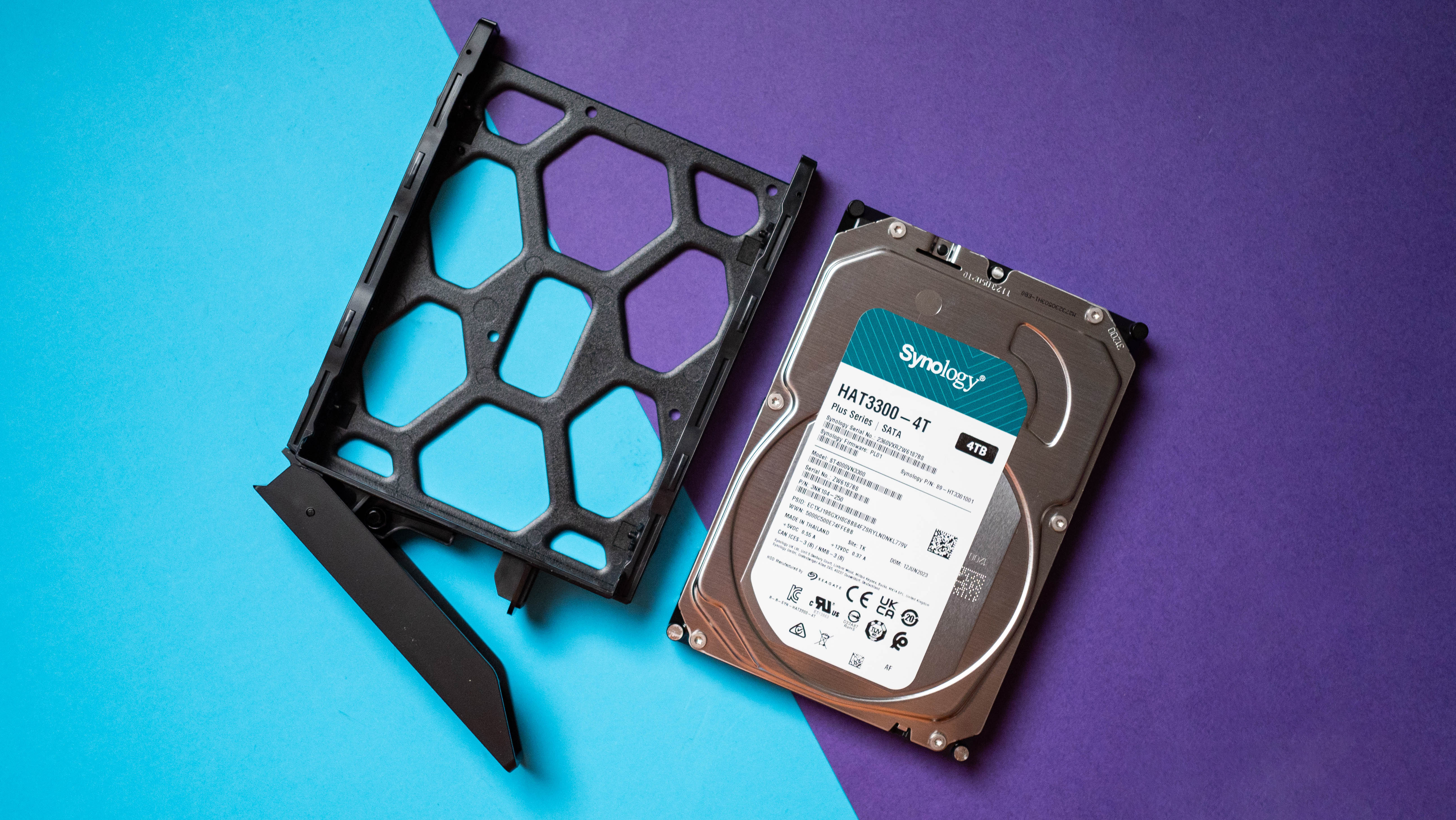
I had to switch to HAT3000 and HAT3310 drives to install the web-based DSM 7.2 interface and test the DS925+. It was straightforward after moving to the brand’s drives, and setting up DSM took under 10 minutes. If you’re coming from an older model, the interface itself will be familiar; the visuals are identical, and the only difference I noticed is that the DS925+ is better at launching containers.
A big allure with Synology’s NAS systems is the software, and DSM 7.2 continues to lead the way in this regard. The interface is clean, has plenty of customizable utilities, and has an exhaustive list of useful services. I use Synology Photos daily to back up photos and videos automatically from all my phones, and it is a viable alternative to Google Photos. Synology’s software suite has a good design, tight integration with mobile platforms — both iOS and Android — and it covers the essentials.
Whether you need to store photos and videos, share documents, have a local productivity suite, custom mail server, host a website, or use a text editor, DSM 7.2 has you covered. And if there isn’t anything available as standard, you can just use Docker to create a container.
The best use case with the DS925+ is media streaming, and it does a terrific job as a Plex media server. The Ryzen V1500B platform doesn’t have hardware transcoding, and if you don’t care about that, there’s plenty to like. It handles 4K high bitrate content without breaking a sweat, and I didn’t run into any issues whatsoever — it proved to be just as reliable as the DS923+.
Where the brand has a distinct advantage is with its mobile clients; Synology does a better job than just about every other manufacturer in this area, and it’s extremely easy to view and manage the data on your NAS while on the go. This is still the biggest differentiator, and why I continue to use the DS1823xs+ as my main NAS system.
Synology DiskStation DS925+: The competition
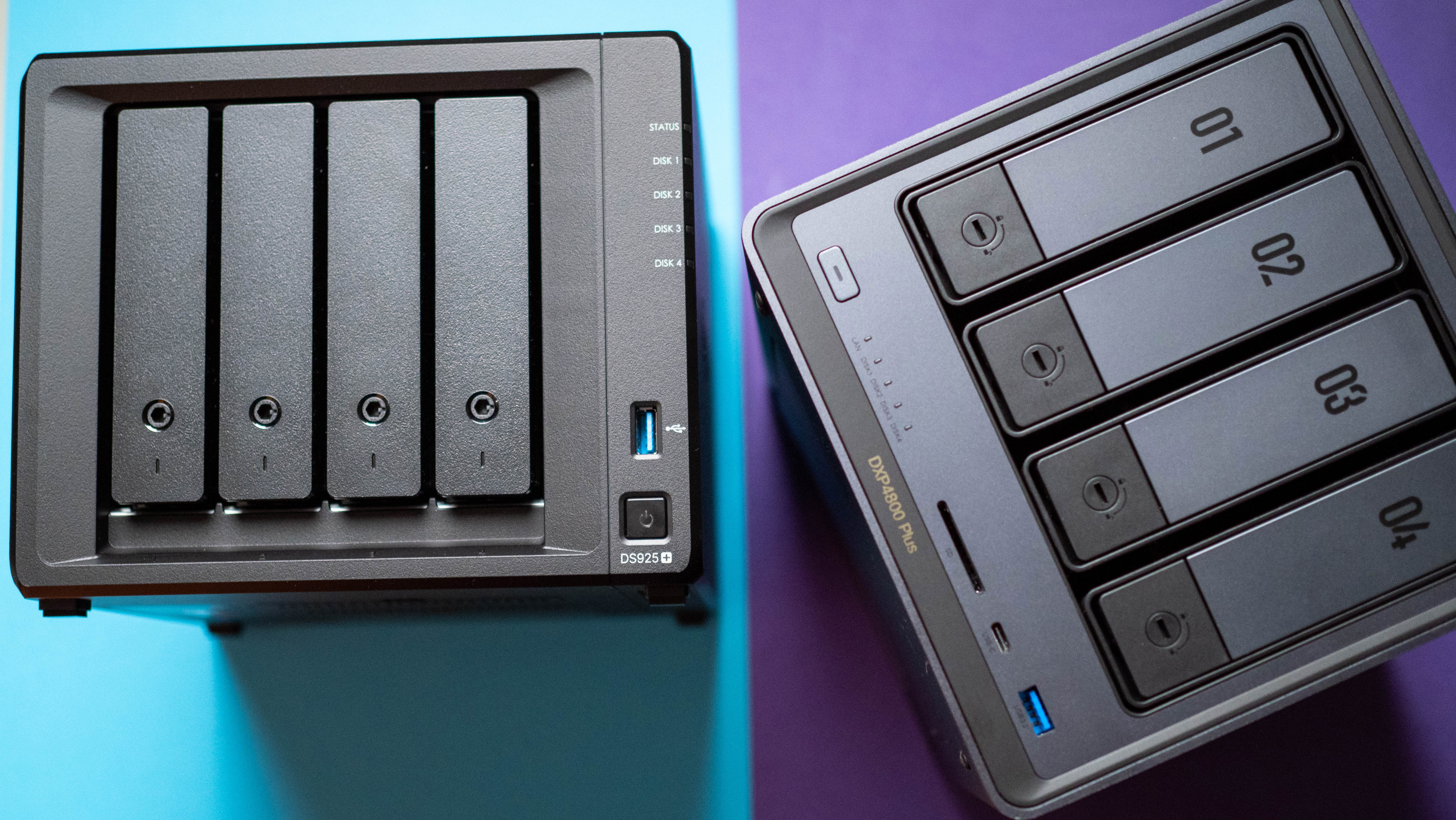
UGREEN’s DXP4800 Plus is my go-to choice these days if you need a 4-bay Plex NAS server. The NAS retails for $594 as of writing, and it has powerful hardware, 8GB of RAM, M.2 slots, and 10GbE in addition to 2.5GbE connectivity. While the hardware is arguably better than the DS925+, the software doesn’t quite measure up to DSM, but UGREEN has shown that it is interested in building out the ecosystem. The bonus is that you don’t have any restrictions on what drives you can use, or even what software you can install — it’s easy to switch to TrueNAS Scale.
If you need even better hardware, TerraMaster’s F4-424 Max gets my vote. The NAS is costly at $899, but you get a 10-core 12th Gen Intel Core i5 1235U, 8GB of RAM, and dual 10GbE connectivity. There are two M.2 slots as well, and the NAS is a Plex powerhouse like no other. The TOS 6 software is a definite move in the right direction, and while it’s lacking some polish, you get most utilities as standard, and TerraMaster is doing a decent enough job with its mobile clients.
Synology DiskStation DS925+: Should you buy it?
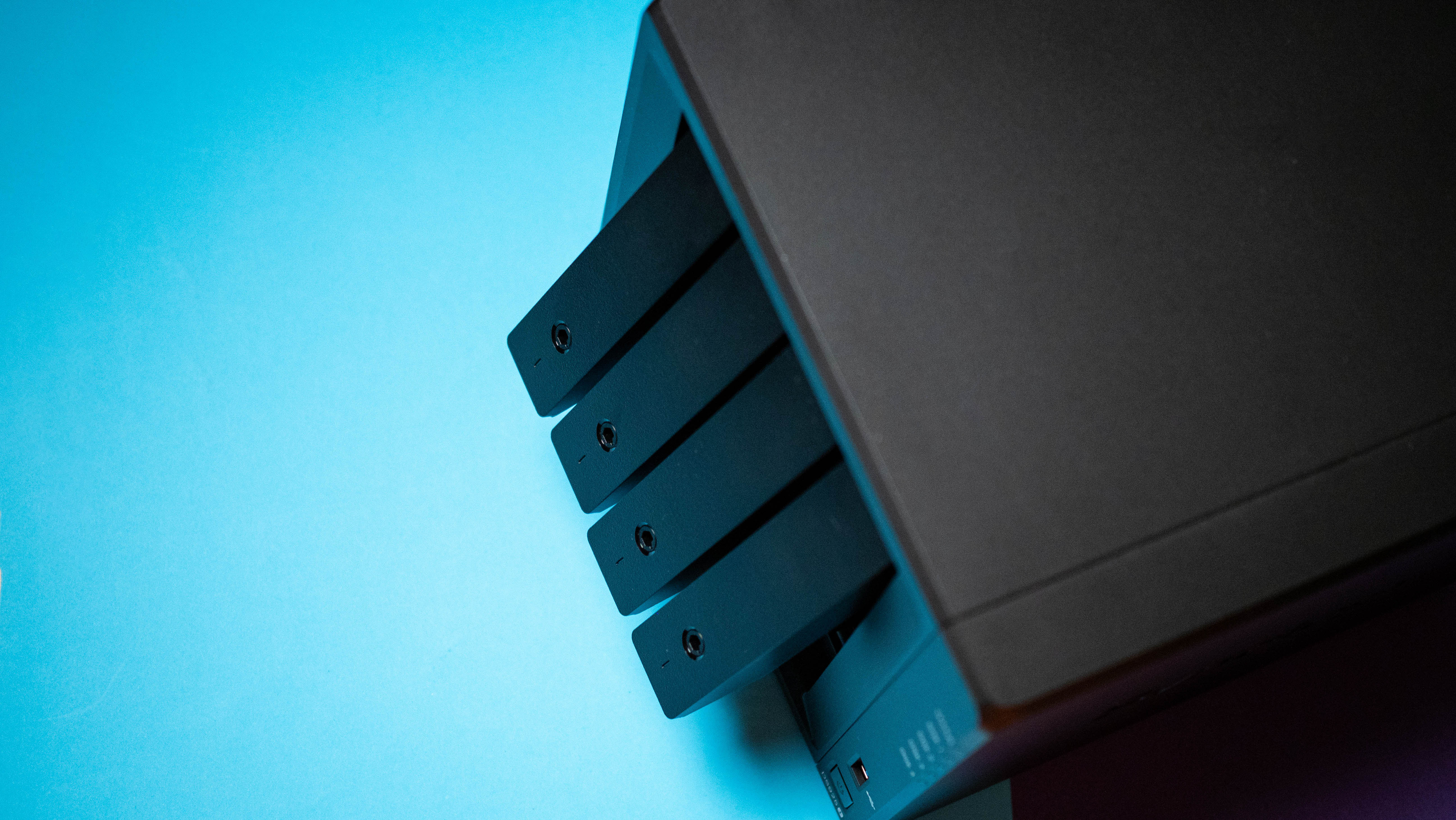
You should buy this if:
- You need a 4-bay NAS with the best software
- You want a high-end Plex server
- You need 2.5 Gigabit Ethernet
You shouldn’t buy this if:
- You want to use Seagate or WD Red drives
- You want 10GbE connectivity
I’m conflicted when it comes to the DiskStation DS925+; the NAS finally brings upgrades that have been overdue, but it does so at the cost of other limitations. Having to use Synology’s drives is a big pain point, and it doesn’t make much sense. There’s no end-user benefit to enforcing this rule, and it ultimately curbs what is an otherwise great NAS. It’s clear that the brand’s hubris got in the way of clear-headed strategy, and it is bound to pay the price as a result.
At the end of the day, if you’re used to Synology and want a familiar interface and don’t mind buying the brand’s hard drives — they cost more than their rival IronWolf and WD Red options — the DiskStation DS925+ is still a great option. But if you don’t want to go down this route (understandably), there are better choices available.
Synology could have pulled off a move like this two years ago, but the NAS ecosystem has changed drastically in the intervening time, and there’s no shortage of standout products in the market now. If you need to upgrade, I’d suggest getting the UGREEN DXP4800 Plus. It has better hardware, and while the software isn’t as good as DSM 7.2, you can easily install TrueNAS, and there are absolutely no limitations.

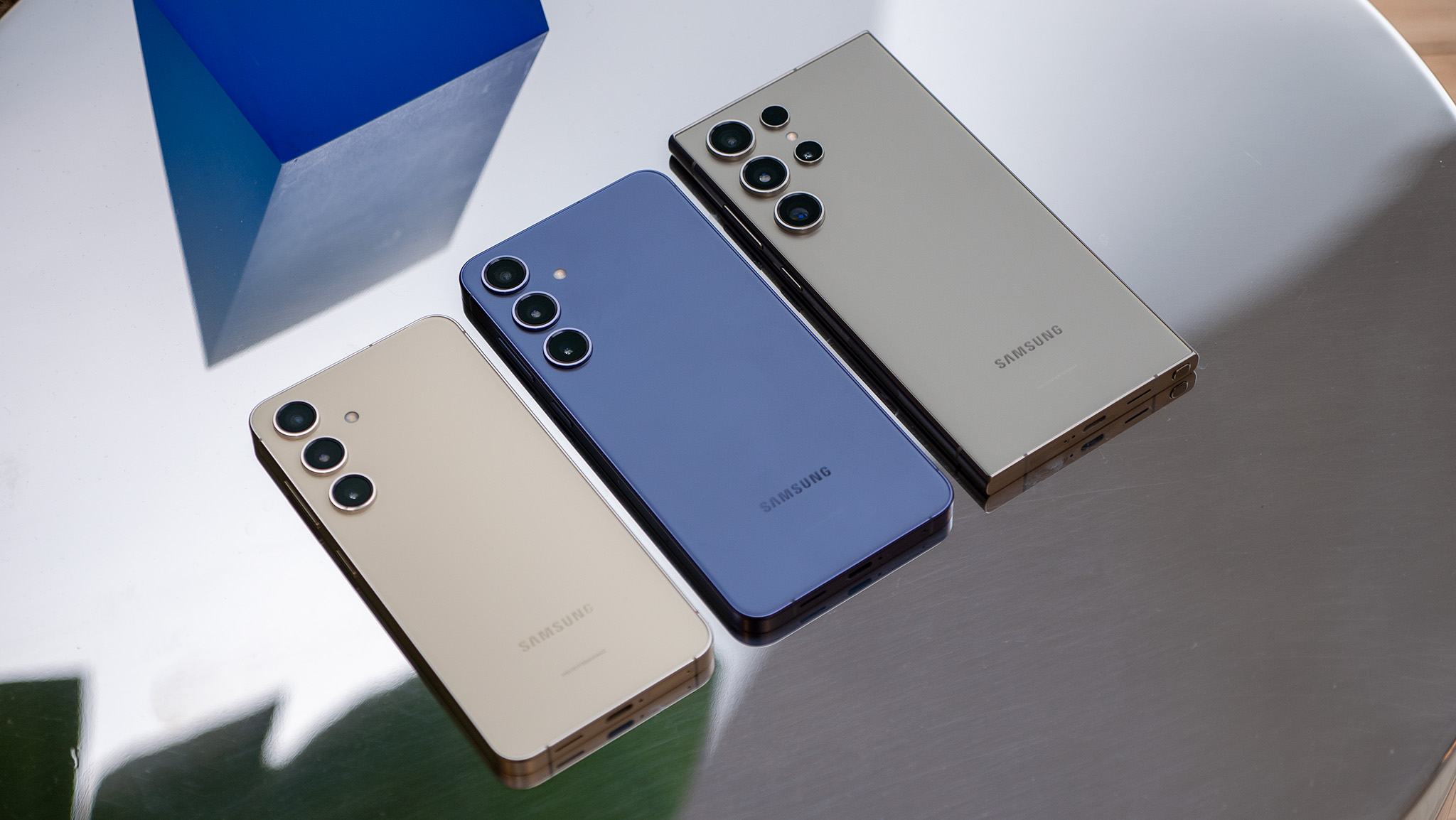

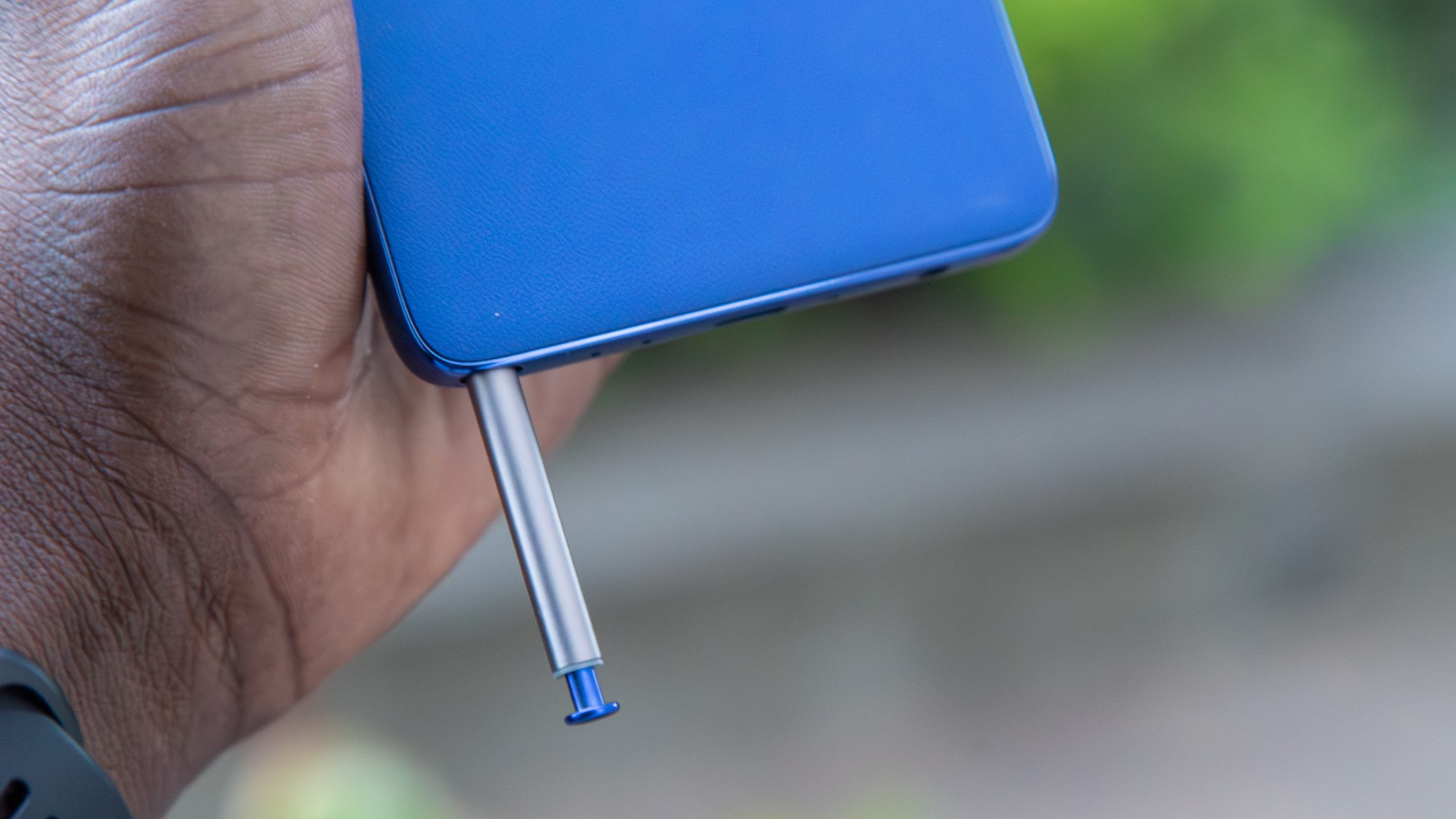




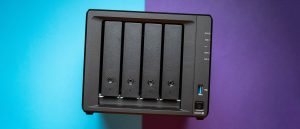

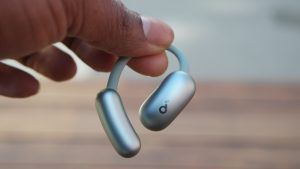



Post Comment